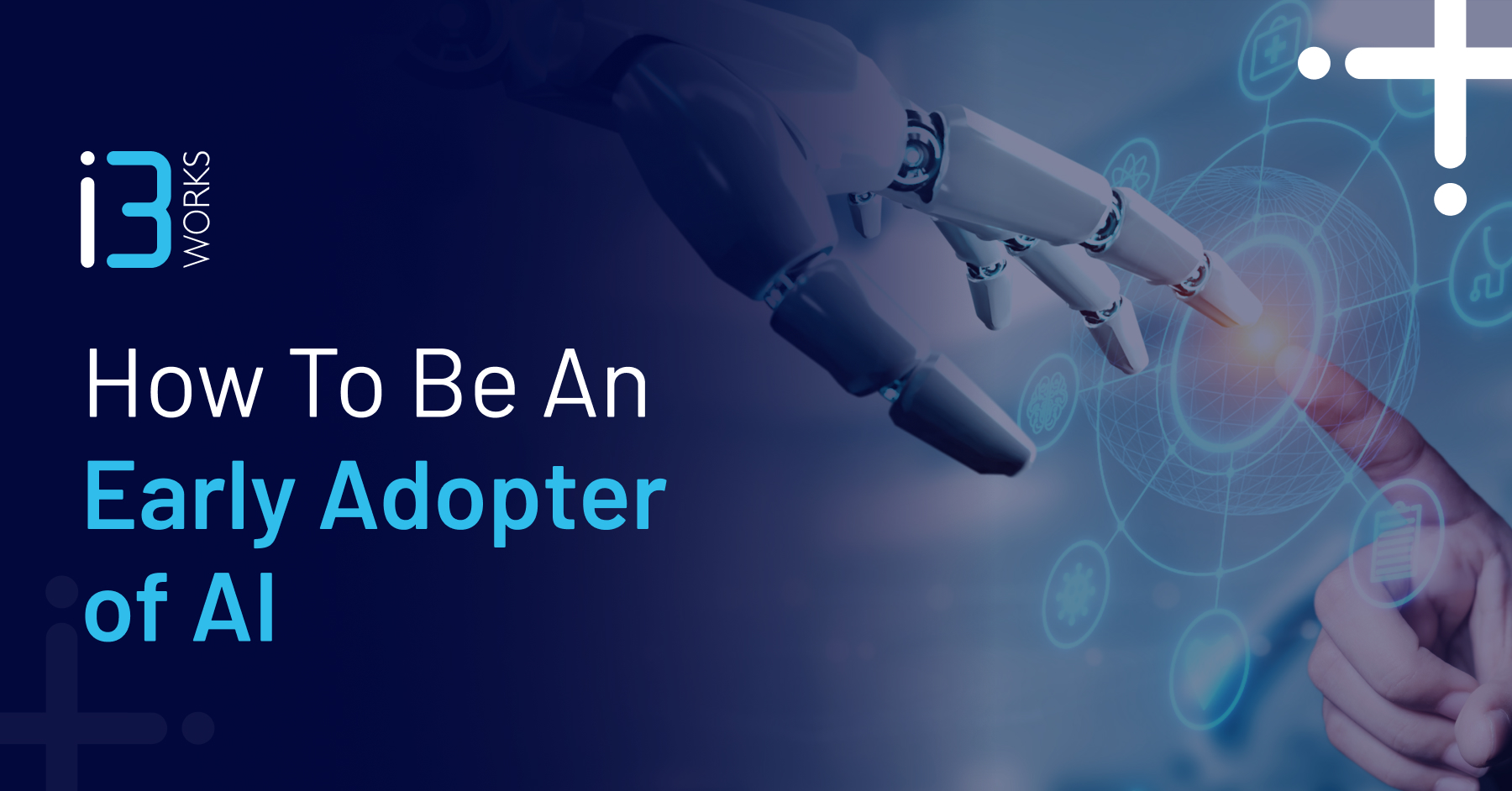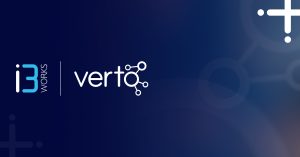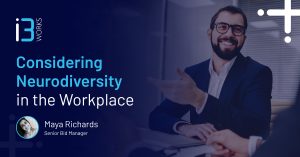Almost every professional is aware that Artificial Intelligence (AI) is transforming the ways of working. Yet, while AI adoption is accelerating across industries, many are hesitant to embrace it. As with any other new transformative technology, being an early adopter can give you a significant short- and long-term advantage.
Changing Perspective
The first step is shifting your mindset to see AI as an enabler rather than a threat. While no one can predict the long-term impact of AI on job security, what is clear today is that those who effectively use AI tools can increase their employability. Early adopters can enhance productivity by automating repetitive tasks, generating data-driven insights, and freeing up their time to focus on higher-value work requiring specific knowledge. Here are some practical steps to help you become an AI early adopter.
Experiment with AI Tools
Starting to learn about AI can be a daunting prospect, given the vast number of applications available. Nonetheless, to get the most out of your AI usage, having a basic understanding of how the most widely adopted tools work is strongly advised. This can be achieved by watching YouTube videos and reading AI-related books or articles from industry leaders on LinkedIn and Twitter.
However, I believe the best way to learn is by using AI in your day-to-day tasks. A simple way to do this is to substitute tasks you regularly do with free AI tools so that you organically increase your exposure and familiarity with AI. For example, I often use ChatGPT instead of Google. Here are some accessible AI tools to explore:
• Drafting Content & Mind-Mapping: ChatGPT or Google Gemini
• AI-powered writing suggestions: Grammarly
• Creative image generation: DALL·E
• AI Project Management: Trello or Asana
• Workflow Automation: Microsoft Copilot or Notion AI

Understand the Limitations
Despite AI being powerful for some tasks, it still has many limitations that the user must be aware of to use it effectively. Any computer programmer will tell you “rubbish in, rubbish out” and AI is no different. Some examples of limitations of Large Language Models (LLMs), such as Chat GPT and Google Gemini, are:
• Lack of Understanding: LLMs do not “understand” context the way humans do, as they generate responses based on learned data without real-world experience or reasoning.
• Potential for Inaccuracy: LLMs can confidently generate false or misleading information, often referred to as “hallucinations”.
• Outdated Information: LLMs are typically trained on a sample of the internet up to a certain date, so the answers may not reflect current knowledge.
• Training Data Bias: Since AI models are trained on internet data, their responses can be unintentionally skewed or biased.

Worked Example
So, to put the above points into context, let’s go through a basic example. Suppose you’ve been tasked to put together a Business Case for a new venture but have no previous experience.
Compliance:
Some AI tools may misuse the data you input or inadvertently expose it to the public. So before using any AI in your role, it is essential that you check your organisation’s AI Policy.
Concepting using MS Copilot or ChatGPT:
• Start by asking AI for a structured template “Please generate a business case template with section prompts. The business case is for a [type of company] assessing a new project related to [topic]. Please also consider [specific factors].”
• Be mindful to not input any sensitive information into Chat GPT, instead, use general language like ‘UK legal sector client’ instead of the actual client’s name.
• This approach will quickly give you a customised template with prompts for you to then fill out the specifics.
Editing and Refining:
• AI tools like Microsoft Copilot or Grammarly can help refine your writing, particularly for those with neurodivergent needs, such as dyslexia. It allows you to auto correct your work in real time.
• This also helps individuals find better phrasing or more appropriate words.
Formatting using MS Copilot or ChatGPT:
• This step allows you to tailor the document based on any specific requirements.
• Examples include: “Make more concise”, “change the tone to more professional language”, and “convert this text to a table.”
Proofread:
• The most important step is to mitigate the errors that often occur when using generative tools by checking the information.
Final Thoughts
Embracing AI early boosts efficiency and keeps you ahead in a changing world. By shifting your mindset, experimenting with tools, and knowing their limits, you can integrate AI effectively. In fact, I used the exact process from earlier to write this blog – proof that AI is a powerful tool when used wisely.



